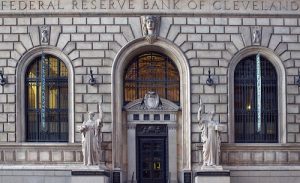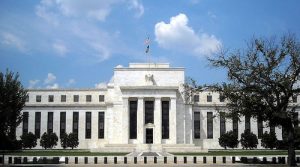Savers got another blow last week from the Federal Reserve board of governors when Chairman Ben Bernanke indicated that — in addition to another monetary stimulus to be known as QE3 — the Fed would maintain it’s low interest-rate policy through 2015.
While low rates are seen as a tool to promote borrowing and capital spending, they’re a disaster for people who had counted on the income from cash accounts. Now that savers have been told the light at the end of the tunnel has been dimmed again, it’s a timely topic to delve into and one way to localize the Fed’s action.
For example, take a look at this recent New York Times story, “As low rates depress savers, governments reap the benefits,” that addressed the issue. The article is informative but what really gripped me was the reader comments section. If you scroll through, you’ll find examples of consumers who have curtailed spending on durable goods, home improvement and the like because their cash flow has been curbed by little or no returns on certificates of deposit, money market funds, savings accounts and the like.
I’m no expert in monetary policy but the theory is that low interest rates will spur consumption and spending. Here’s a good explanation and graphic about that and a conflicting school of thought from the Economicae encyclopedia produced by University of North Carolina economics professor Ralph Byrns. (A useful site to bookmark for future reference, too.)
But judging by the NYT commentors and others I’ve read on various financial blogs, savers in fact are holding tight to what cash they do have, even if it’s earning little, as a means of security. And when they’re using earned income or Social Security benefits to replace the interest income they thought would pay property taxes, car payments or other routine bills, they aren’t out shopping for new furniture, electronics, household upgrades or other big-ticket items that could give a boost to sectors hurt in the recession.
Another angle of the QE3 stimulus plan is that by the Fed’s own admission, the snapping up by the central bank of $40 billion a month in mortgage-backed securities probably won’t help the housing market much, as Reuters reports.
It appears that households shouldn’t soon expect any extra disposable income from either their home equity or their cash savings. Why not talk with a cross-section of readers about how this game changer is changing their spending patterns? Here’s an article about the low-interest environment (sometimes called ZIRP, for Zero Interest Rate Policy) that includes a J.P. Morgan chart showing how household interest income, even net of interest paid on loans, has plummeted. What are ZIRP-affected consumers forgoing, and how are area merchants and small businesses — home remodelers, landscaping companies, big box DIY stores, jewelers and other sellers of big-ticket goods and services — feeling the ripple effects?
Keep in mind that it’s not just senior citizens or retirees who count on interest income; even working-age householders may count on interst income from their rainy-day funds or other assets as discretionary income.
Another interesting angle: How will QE3 spur demand for and interest in real estate investment trusts, or REITs?











